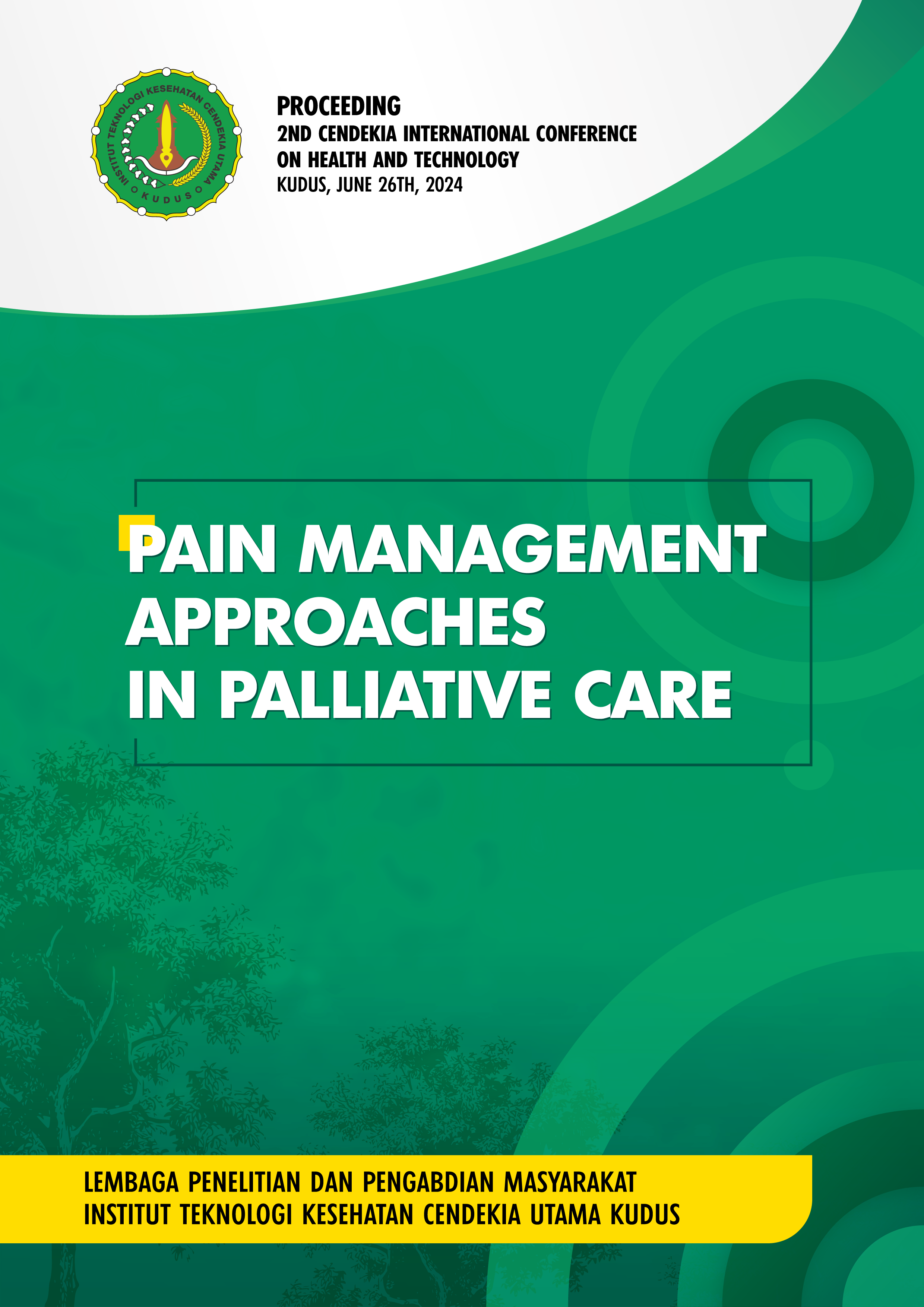DIFFERENCES BETWEEN WOMEN GIVING BIRTH AND CARRYING OUT THE REBOZO TECHNIQUE ON THE PROGRESS OF THE FIRST STAGE OF LABOR
Main Article Content
Abstract
The labor process occurs when contractions begin and the cervix opens. During the labor process, if there is weakness in the uterine muscles during contractions, it can cause the cervix to elongate. Other factors that cause the first stage to lengthen include factors from the mother and fetus, namely anxiety, fear experienced in facing labor and the birth canal. One effort to treat the prolonged first stage during labor can be done using non-pharmacological methods, namely the rebozo technique. The rebozo technique can expand the mother's pelvic cavity so that it is easier for the baby to descend the pelvis and the birth process is faster. The aim of this study was to determine the comparison of mothers who did and did not use the Rebozo technique on the progress of the first stage of labor.The method in this research used a quasi-experiment with a post test only control group design. The sample in this research was a total sample of 30 primigravida mothers who did and did not do the rebozo technique. Data analysis used the Mann Whitney U-Test. The results of the study showed that the p value was <0.005, which means there was a difference between mothers who did and did not use the Rebozo technique on the progress of the first stage of labor with a mean value of 3.00 in the intervention group. This proves that mothers who perform the rebozo technique have an effect on the progress of the first stage of labor.
Downloads
Article Details
References
Cohen and Thomas. (2015). Rebozo Technique for Fetal Malposition in Labor. Journal of Midwifery & Women's Health. 60.4 445-451. PMID: 26255805 DOI: 10.1111/jmwh.12352
Dekker R. REbozo During Labor for Pain and Relief [Internet]. 2018. Available from: https://evidencebasedbirth.com/rebozoduring-labor-for-pain-relief
Central Java Provincial Health Department. 2017. Central Java Health Profile.
Riskesdas Results in Supporting Health Development Policy Formulation in Central Java. https://dinkesjatengprov.go.id/v2018/download/semnas-riskesdas/
Halimatussakdiah (2017). Duration of First and Second Stage of Labor in Multiparous Mothers with APGAR Score of Newborns. https://ejournal.poltekkesaceh.ac.id/index.php/an/article/view/30/0
Iversen, et al. (2017). Danish Women's Experiences Of The Rebozo Technique During Labor. A qualitative exploratory study. Sexual & Reproductive Health Care.11, 79-85. Source: https://doi.org/10.1016/j.srhc.2016.10. 005
Susane R. Cohen, Celeste, Thomas. (2015). Rebozo Technique For Fetal Malposition in Labor. https://www.readcube.com/articles/10.1111/jmwh.12352 DOI: 10.1111/jmwh.12352 .
Wulandari Lany C and Wahyuni Sri. The effectiveness of pelvic rocking exercise for mothers in the first stage of labor on the progress of labor. EF press digmedia: 2019. Gajah Mungkur, Semaran
Notoatmodjo, S. (2015). Health Research Methods. Jakarta: RinekaCipta

